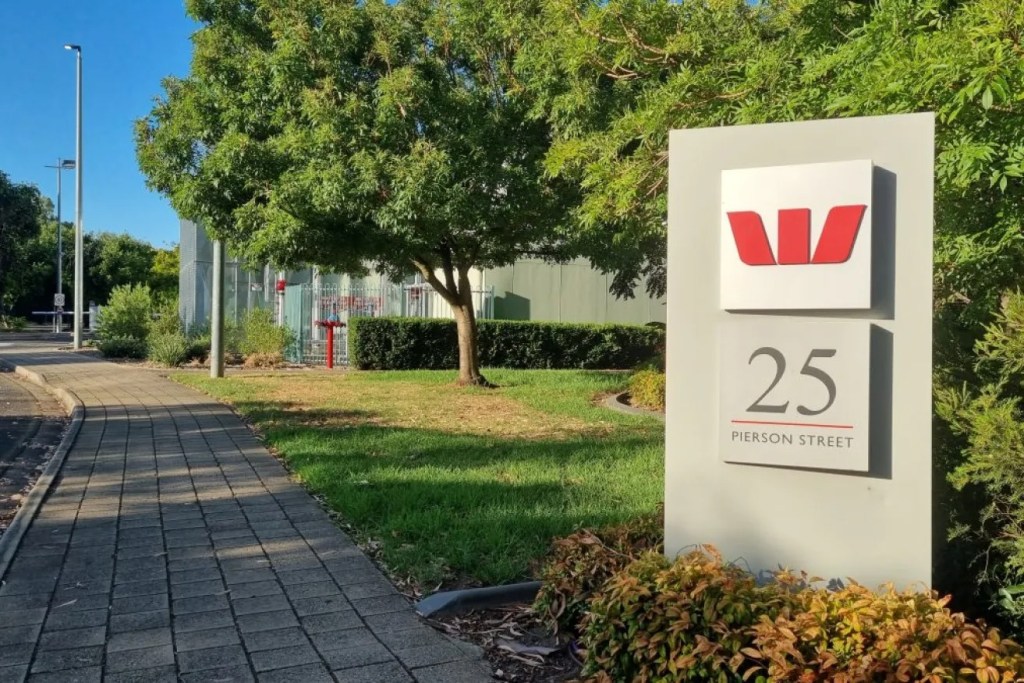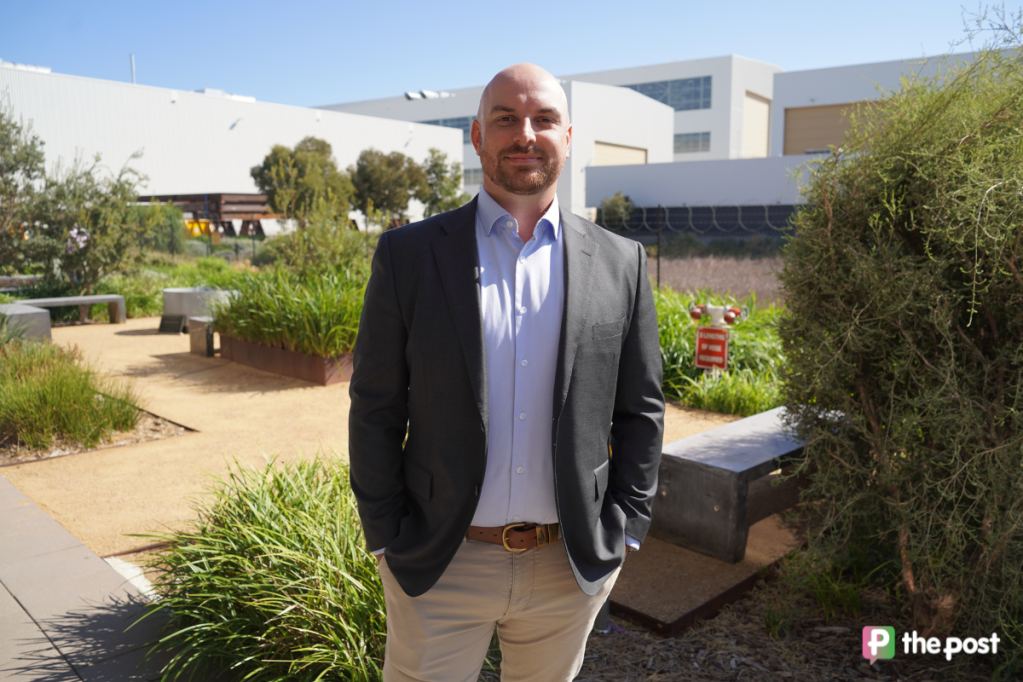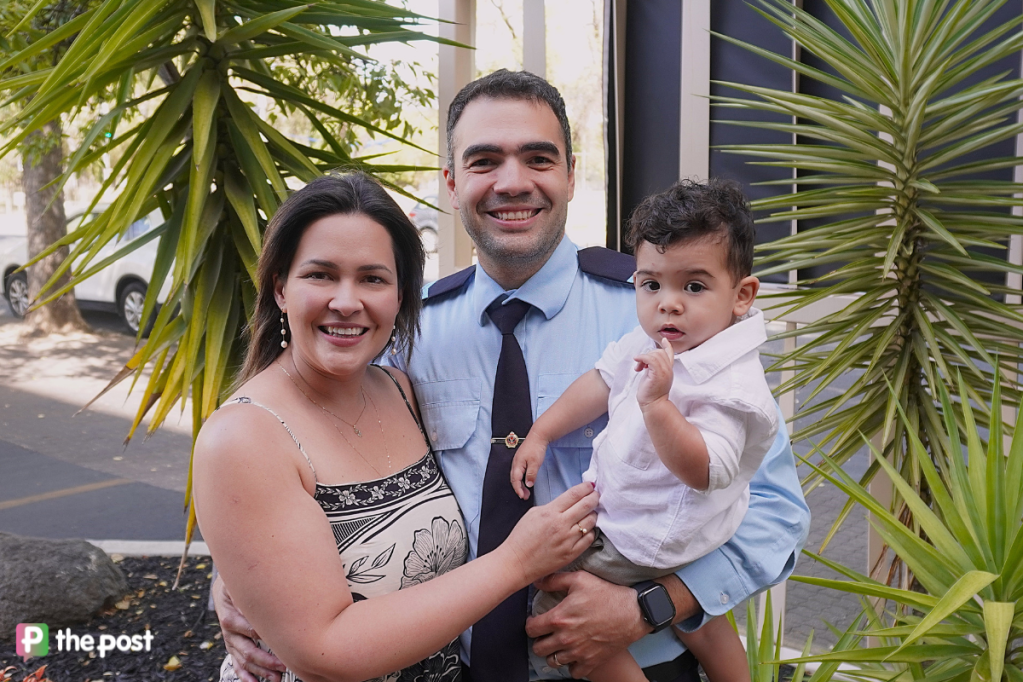State Govt rejects push to allow six-storey apartments in Lockleys
Planning Minister Nick Champion has rejected a developer’s bid to rezone commercial land in Adelaide’s western suburbs into a strategic infill site with potential for six-storey apartment blocks, due to resident concerns.

Development consultants Future Urban, on behalf of Pierson Pty Ltd, initiated a code amendment in 2021 for a plot of land at 25 Pierson Street Lockleys, located within 10km of the CBD and adjacent to the River Torrens Linear Park.
The 4.87-hectare site holds a Westpac office, childcare centre and car parking. It is currently zoned as an employment zone.

An aerial view of the 4.87-hectare parcel of land. Image Future Urban
The code amendment would have seen the land rezoned to an urban neighbourhood zone, allowing a development application to be filed for medium density residential housing and apartments of up to six-storeys.
Future Urban estimated the rezoning would allow 340 new dwellings to be developed in the area, ranging from higher density apartments to lower density townhouses.
It also submitted that the code amendment should include an affordable housing overlay, which requires developments proposing more than 20 dwellings to provide 15 per cent affordable housing.
But the Lockleys proposal received a significant amount of local backlash due to the proposed building heights, visual impacts, potential increase in traffic and perceived concerns about affordable housing.

Vacant car parks at the Pierson Street site. Photo: Thomas Kelsall/InDaily
You might like
Last month, Planning Minister Nick Champion told Future Urban he would not approve the code amendment due to residents concerns.
“Whilst I acknowledge the value of the land as a strategic infill site, I note the significant concerns of the community regarding the proposal and the amenity impacts such higher density development would have in a low-rise, mid-block location such as this,” Champion wrote on December 15.
“As such, I consider the Code Amendment inappropriate.”
Under South Australian legislation, the planning minister has the final say on whether a code amendment goes ahead.
But Champion said he would be open to rezoning the land to a suburban neighbourhood zone, which allows some infill development in conjunction with local parameters regarding height, frontages and minimum allotment sizes.
“I would be willing to consider a new Code Amendment to explore the rezoning of the subject site to the Suburban Neighbourhood Zone (or similar), to facilitate the redevelopment of the site that is more in keeping with the established character of the areas,” Champion wrote.
“In exploring a new Code Amendment of such nature, I would also encourage the provision of open space and improved linkages to the River Torrens Linear Park.”
In April 2021, former Marshall Government Planning Minister Vickie Chapman allowed Future Urban to go to public consultation on the Lockleys code amendment.
From October to November 2021, Labor frontbencher and local member Tom Koutsantonis tabled four petitions in parliament from a combined 686 West Torrens Council ratepayers urging the Marshall Government to reject the Lockleys code amendment “on the basis that it does not conform to the Desired Outcomes and Performance Outcomes of Plan SA’s Planning and Design Code”.
"Crowd is building tonight at Lockleys regarding a proposed Code Amendment to develop the WestPac centre in Lockleys. The Plan Amendment would allow 6-8 story developments on the Linear Park. The highest in Adelaide! pic.twitter.com/88Jzdmh4ez"
"— Tom Koutsantonis MP (@TKoutsantonisMP) October 11, 2021"
Hundreds of residents submitted their opposition to the code amendment during the public consultation period from September 13 to October 24, 2021.
Stay informed, daily
Future Urban’s consultation report includes four documents, each more than 100 pages in length, containing resident representations against the proposal.
Some residents said they would sell their property if the rezoning went ahead, while others claimed, without evidence, that introducing affordable housing would lead to an increase in crime.
One resident submitted: “I have no doubt that this housing development would lower the value of my property and bring in residents that are not particularly welcome.”
“We have enough socially dysfunctional families in the area without the new development. Crime will spike in the area and the community close by will suffer, as well as the river track being used for illegal activity.”
Another resident claimed the development would “encourage a transient population and see a rise in negative elements”.
In its consolidated summary of feedback, Future Urban said the main issues raised were:
- building height and dwelling density;
- traffic congestion, carparking and pedestrian safety;
- impacts on the River Torrens (Karrawirra Parri) Linear Park including visual and environmental impacts;
- application of the Affordable Housing Overlay and perceived impacts from this (i.e. crime);
- amenity impacts including visual appearance, overlooking, overshadowing and noise;
- strain on existing infrastructure including opens spaces, shops, utilities and roads.
It also noted concerns from residents that the Pierson Street site was not on a major transport route or near shops, and the final development outcome “would not be consistent with the character of the surrounding residential areas”.
In response, Future Urban scaled down the proposed maximum building height from 24.5 metres to 18.5 metres.
It also introduced a 12.5-metre setback requirement for any new building that was to be built along the northern boundary of the site facing the River Torrens.
Future Urban argued that “the need for a rezoning of this site is supported by housing demand in metropolitan Adelaide and a lack of land supply to accommodate this demand”.
It estimated the rezoning would have created an area with an estimated living population between 700 to 900 people, and claimed its investigations found the increase “should be adequately supported by existing social infrastructure in the locality”.
“Accordingly, no unreasonable implications arise in respect to the Code Amendment.”
InDaily contacted Future Urban and Minister Champion for comment.
Urban Development Institute of Australia SA division CEO Pat Gerace, who has called on the state government to increase their focus on strategic infill housing, said the Lockleys rezoning project highlights the importance of developing new regional planning for Adelaide.
“It will always be important to consider the size and scale of new developments in an existing urban context, but it’s also important that these decisions are also viewed through a lens of supply and affordability in the overall market as well,” he said.
“Examples like [Lockleys] where development is constrained on a strategic infill site highlight why it’s important for the Government to very quickly develop the new regional plans for all of Adelaide, and particularly with enhanced measures of supply so we are clear about the impact of these choices on addressing the housing crisis.”








